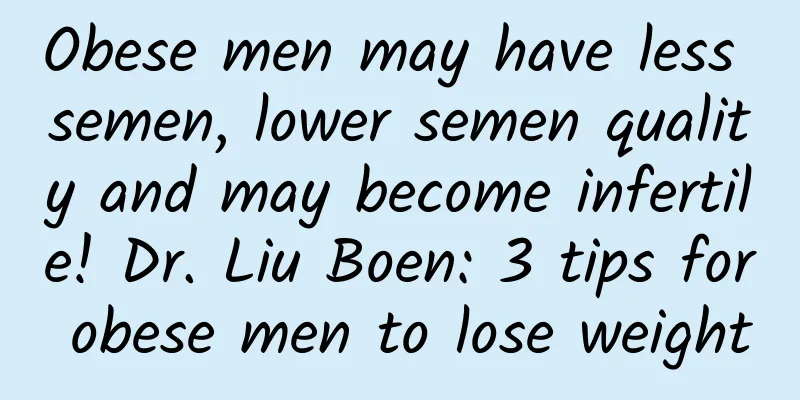How to prevent bleeding after abortion

|
Factors that affect the amount of bleeding during artificial abortion (abbreviated as induced abortion) include, in addition to the suction technique, the operator's age, gestational age and uterine cavity size. 1. The embryo or fetus and its appendages are not completely sucked out or some tissue remains after scraping out, affecting uterine contraction. 2. Poor uterine contraction. Multiple abortions or other reasons leading to poor uterine contraction. 3. Uterine injury such as uterine perforation, cervical laceration, etc. 4. Coagulation disorder such as severe liver disease, blood disease, thrombocytopenia, etc. 5. The placenta is attached low and blood flows out every time the uterus dilates. 6. Cervical pregnancy or lower uterine pregnancy is rare. If the diagnosis is not clear before the operation, curettage may lead to heavy bleeding. deal with 1. Rapidly remove residual tissue in the uterine cavity. If bleeding is found, in addition to intramuscular injection of uterotonic agents, the type of suction tube and the size of negative pressure should be adjusted to quickly remove residual tissue in the uterine cavity. Bleeding often stops quickly, which is one of the keys to hemostasis. 2. Treatment of poor uterine contraction (1) If the contents of the uterine cavity have been scraped clean, the suction or curettage should be stopped. The uterine contraction agent should be injected quickly. If necessary, 20-30U of oxytocin can be dripped intravenously to maintain uterine contraction. (2) If conditions permit, prostaglandin preparations such as PGF2a can be injected (for those without contraindications). (3) Massage the uterus: Use your fingers to massage the uterus from the abdomen, or use bimanual massage and pressure on the uterine body to promote uterine contractions and control bleeding. (4) If necessary, a 0.5-1.0 mg suppository can be placed in the posterior vaginal fornix, which can often achieve good results. 3. If uterine perforation occurs, conservative treatment or laparotomy can be performed depending on the condition of the perforation. 4. Cervical laceration can be treated with compression or suture to stop bleeding. 5. Patients with heavy bleeding should take measures to replenish fluids and expand blood volume in a timely manner, and blood transfusions should be performed if necessary. Antibiotics should be used after surgery to prevent infection. 6. For patients suspected of cervical pregnancy or lower uterine segment pregnancy by ultrasound, curettage and dilatation should be performed after uterine artery embolization. |
<<: Pay attention to dietary supplements after artificial abortion
>>: What is artificial abortion syndrome
Recommend
How can women prevent uterine fluid accumulation?
Uterine effusion can be divided into physiologica...
Will girls be more active during ovulation? Reminder: 5 changes will occur in the body during ovulation
Xiaoling is one of my patients. She is 28 years o...
Revealed: The hazards of four common acute pelvic inflammatory diseases
Acute pelvic inflammatory disease is a gynecologi...
What are the dangers of abnormal leucorrhea?
What are the dangers of abnormal leucorrhea? The ...
What to do about irregular menstruation during puberty? 5 treatments for irregular menstruation during puberty
Puberty is the arrival of menstruation, and the d...
Can female cervical erosion heal itself? Under what circumstances should female cervical erosion be treated?
Can cervical erosion heal itself? Cervical erosio...
What are the causes of irregular menstruation?
What are the causes of irregular menstruation? Ex...
Banana is a delicious and convenient fruit of wisdom. Learn to make and eat it in 5 easy recipes
Recently, bananas have been the subject of many n...
Is cervical erosion harmful to women? How to treat cervical erosion in women?
Every woman will be harmed by gynecological disea...
Long-term low back pain is caused by pelvic inflammatory disease
Amy is 40 years old. In the past two years, she o...
Is it better to have a medical abortion or a surgical abortion during pregnancy? Here's how to choose between medical abortion and surgical abortion
We all know that many women get pregnant without ...
Understand the symptoms of chronic pelvic inflammatory disease
When the female internal reproductive organs and ...
What is the reason for brown discharge when it is not during menstruation?
The brown liquid that flows out during non-menstr...
What are the benefits of grapes on uterine fibroids? What are the benefits of grapes on uterine fibroids?
What are the benefits of grapes on uterine fibroi...
【Video】Why can’t I lose weight? It turns out that eating these things messes up hormones
The reason why you can’t lose weight may be that ...









